Despite Fukuoka castle being one of the all time great castles of Japan (I’m a bit biased as I live in Fukuoka) there is not a whole lot of research material in English about it. Wikipedia has quite a nice write-up, but as we don’t know who the author is, it is not usually used as a resource. Most of the info I have here comes from sign boards that are around the castle grounds which are pretty good and come from the Fukuoka City Council.
The first time I visited Fukuoka castle ruins I downloaded an audio script via an app on my phone which is useful for learning about the castle. The biggest shock for me was hearing that there is no evidence that there was even a main tower (tenshu) built on the site. I’ve since done some more research and other reports say there was, but no-one knows what it looked like as Kuroda Nagamasa, lord of Chikuzen, destroyed all documents that had ‘tenshu’ written on it. Not only does tenshu mean main tower but also means ‘Christian God’ and Kuroda despised Christians. All very intriguing but frustrating. I would like to dig deeper into the history of Fukuoka so I think I’ll have to visit Fukuoka city museum or the university and finding Japanese language resources. This might even become my lifetime goal!
The Kuroda clan was based at Nakatsu castle in Buzen, modern day western Oita Prefecture. They supported Ieyasu Tokugawa at the famous battle of Sekigahara in 1600 and were awarded Chikuzen province for their loyalty. Upon their arrival in Chikuzen, Fukuoka Han was established, named after the homelands of the Kuroda back in Bizen Province (Okayama prefecture). However, the Kuroda family were not related to the Tokugawa therefore were known as a ‘tozama damiyo’ or outside lord. Many domains in Kyushu were known as tozama and the Fukuoka domain was the largest in Kyushu. Fukuoka han became the 5th most powerful tozama domain with about 520,000 koku.
The Kuroda clan first moved into Najima castle, which was an existing castle controlled by the Kobayakawa family and located on the eastern side of Hakata Bay (ruins can be found in Higashi ward). However, Najima castle was limited for expansion and a little far from the commercial merchant town of Hakata, so a new location was found on a small hill, called Fukusaki hill, to the west of Hakata. The construction of Fukuoka castle began in 1601 and was finished in 1607. Much of the old Najima castle structures and stone were re-used, leaving the old castle as a ruins. Stone from the Genko Borui (Mongol Invasion stone defence wall that stretched along Hakata Bay) were also used to build the huge stone walls. To the west a large mudflat was used as a natural moat, now known as Ohori Park (big moat). To the east the Nakagawa river acted as a natural moat and division between Fukuoka castle town, and Hakata, the busy merchant town. The distinction between the two towns still exists today, namely Tenjin and Hakata.
Fukuoka castle complex is big. It is on the same scale as some other famous castles such as Himeji, Osaka and Kumamoto. It is about 1km from east to west and 700m north to south. The castle grounds contain four precincts, ie Main tower, Hon-maru, Nino-maru and Sanno-maru. Parts of the walls are 15m high and in total stretch for 3.4km. It had 47 turrets (yagura) and 12 gates.
Finally, a hidden treasure was uncovered by chance when the old Heiwadai baseball stadium was demolished in 1997. The baseball stadium stood in the sano-maru of the castle grounds and used by the Nishitetsu Lions until 1979 then the Fukuoka Daiei Hawks until 1993. An ancient Heian Period (794-1185) guesthouse was uncovered. The Korokan was used as a guesthouse for foreign diplomats and merchants visiting Dazaifu, the ancient western capital. What makes this find even more special is that there was only ever two other Korokans in Japan and this is the only one that has been found. This site even pre-dates Fukuoka castle and is a very important archaeological site for the early history of Fukuoka and its connection with China and Korea. The Korokan ruins are now under cover, in a museum and is worth a visit.
Anyway, I have been to the castle ruins a few times and the site is very impressive. The size of the castle grounds are huge. With only a few buildings left it is easy to get lost within the complex. VR Street Museum is available which is great. Download it to your phone and it will show you VR images of the buildings that would have been there. Have a look at the screen shots I took below.
I think the best reason to go is spring. The cherry trees are in full bloom and for at least 2 to 3 weeks the castle is a hive of activity.

Here are some of the VR images and real life shots side by side. It’s pretty cool.

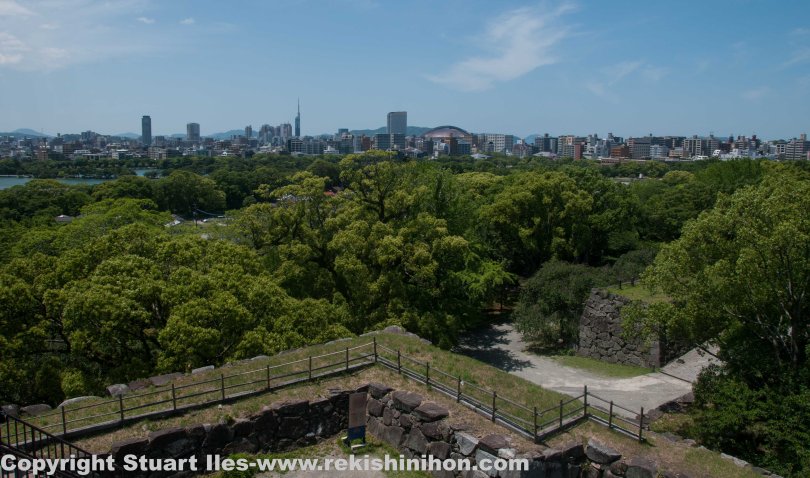
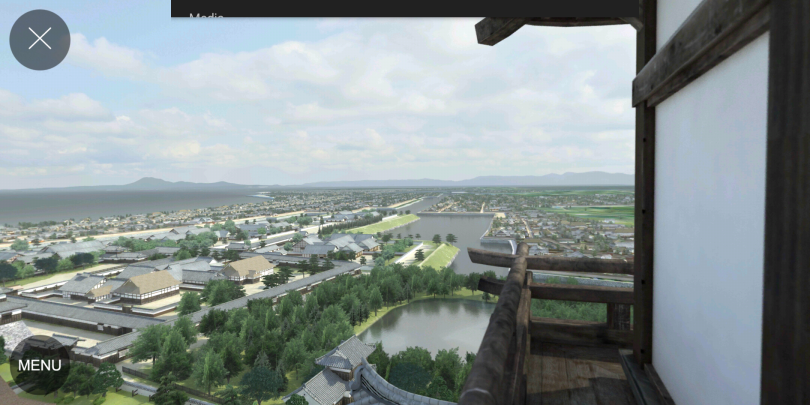

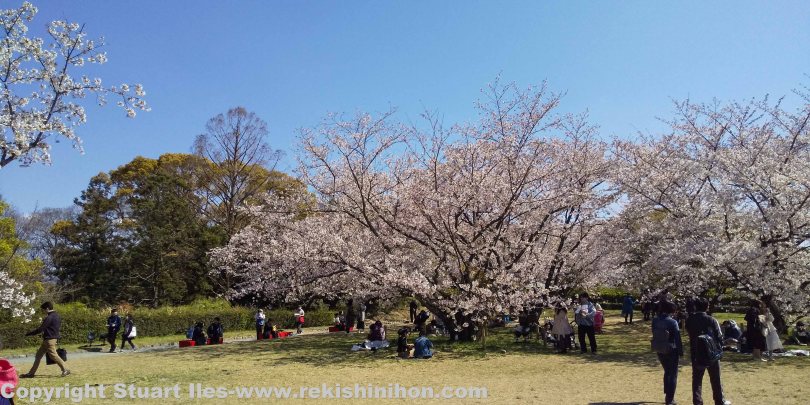

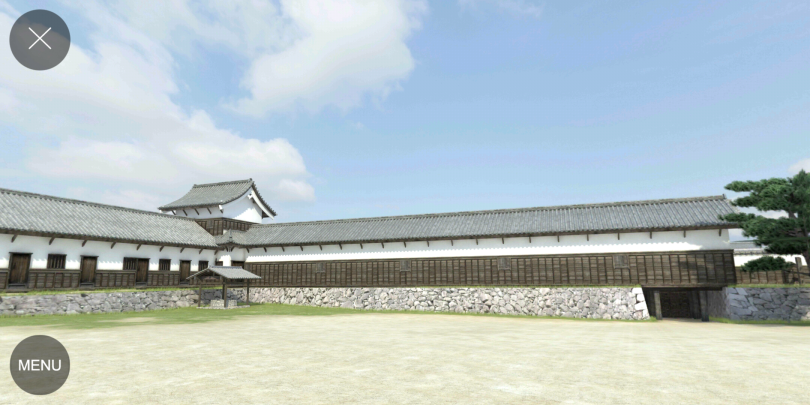
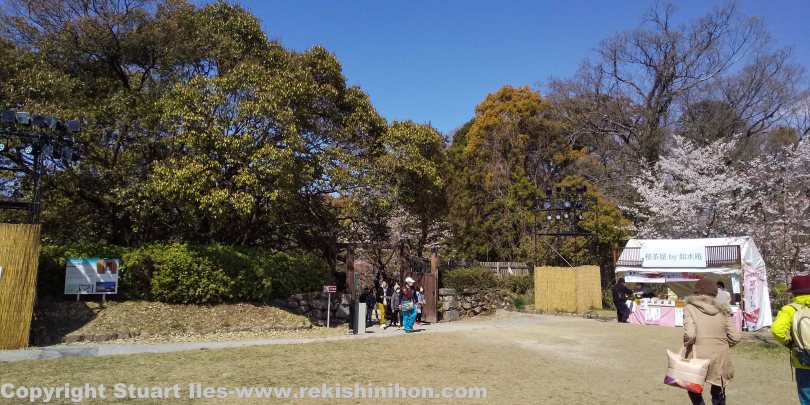
Photos and text by Stuart Iles.
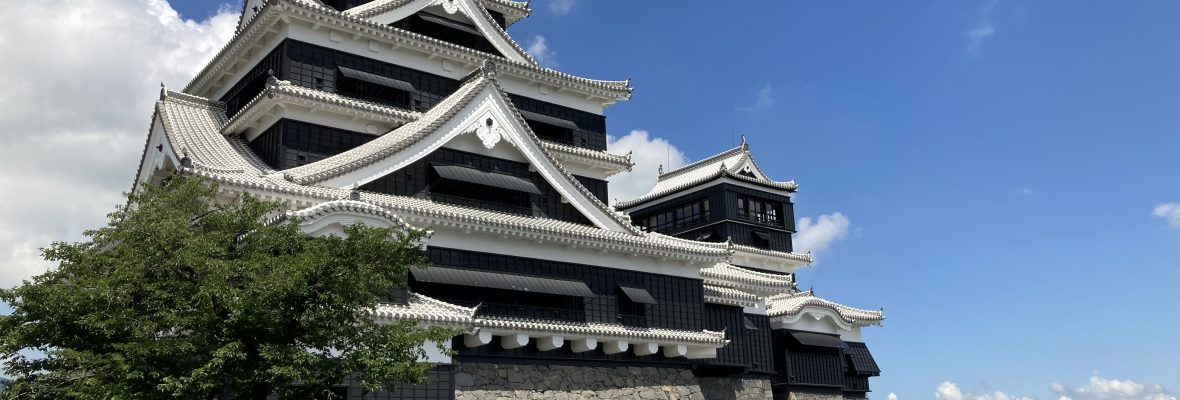
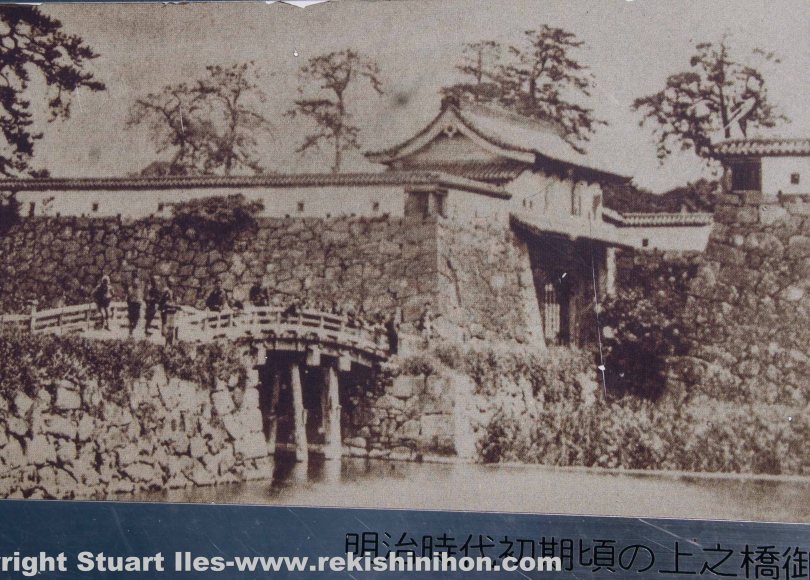

















Check the location of Nakatsu. It’s not Oita prefecture.
LikeLike
Hi mate. Yes, it’s in Oita Prefecture. The Yamakuni river is the prefectural border between Fukuoka and Oita.
LikeLike
Great article! Interesting stuff. Always good to learn something new!
Have you visited the castle ruins at Shioji or Kiyama? They are from older castles built around 1000 years ago for defense against possible invasions from the Tang dynasty and Sill. If you like history and archaeology a trip would be worth your time.
LikeLike
Hi mate. Cheers. Shioji (Onojo), yes, I have been up there a couple of times. It is quite close to where I live. I have an article on it somewhere on this blog. My Japanese mum also bought me a manga about Onojo which was really great to read. Kiyama?? Oh, I didn’t know there were any ruins there, thanks. I sometimes go go-cart racing at the track there. hahaha… I had a look at your blog… it’s great. Do you live in town? Have you got a FB account?
LikeLike